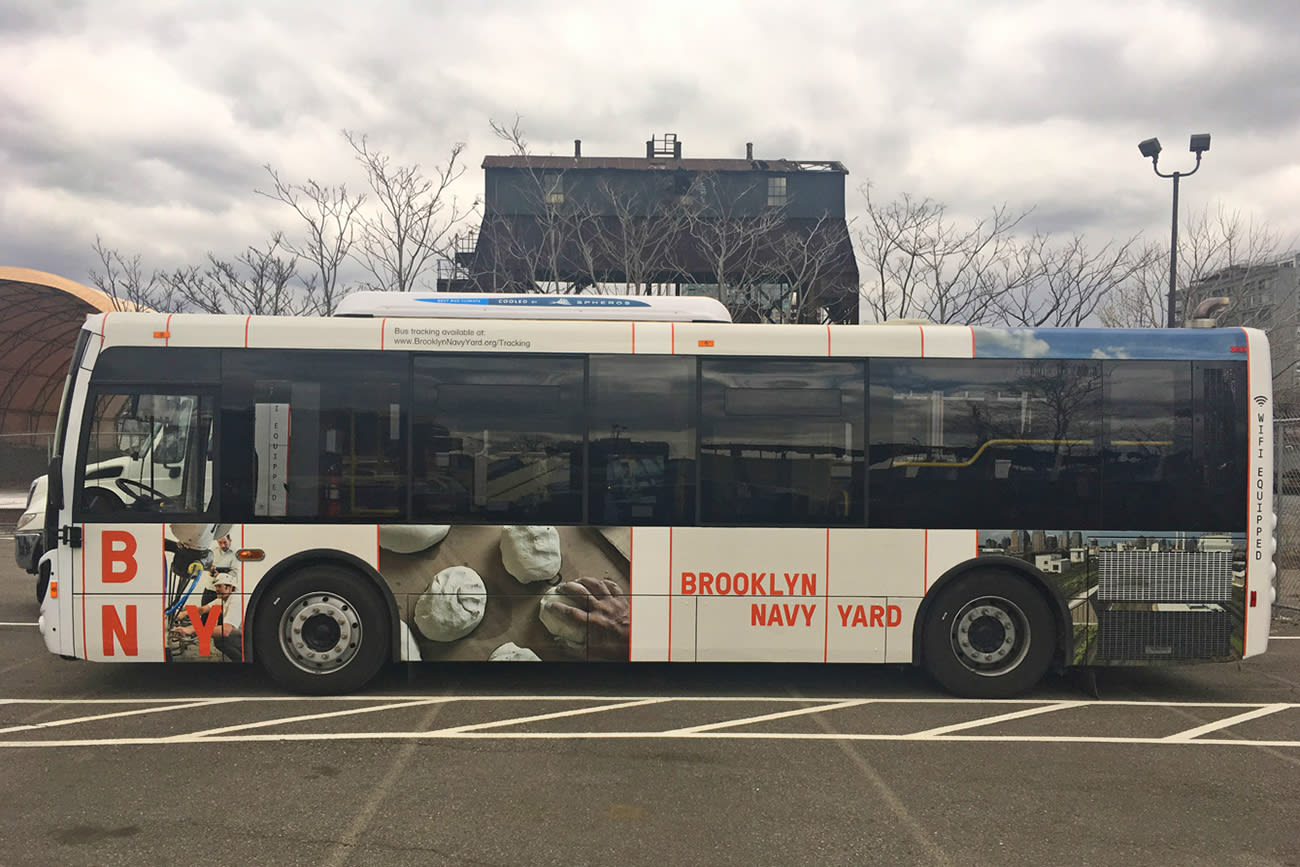
Unify Real Estate Security and Building Systems for Simplified Management
Commercial real estate requires a variety of building systems from security to HVAC, fire systems and elevators. Unifying management of those systems can create a safer, more secure, healthier building and a better tenant experience.
LenelS2 security management systems are the brain of your building. Our access control systems feature over 200 integrations through the OpenAccess Alliance Program (OAAP) and an open API, ensuring any building system can be part of your integrated security program. And our video management systems help provide building-wide surveillance to enhance situational awareness.
Solving Commercial Real Estate Security Challenges

A Unified Management Experience
Our security solutions can enhance situational awareness and improve efficiency by unifying systems like access control, video surveillance, intercoms, intrusion detection, elevator systems, HVAC and fire alarm alerts into a single user interface.
Easy Visitor Management
Use our visitor management system to help keep track of the daily influx of visitors to commercial real estate buildings or select from multiple third-party systems that seamlessly integrate with ours.
Real Estate Access Control from the Cloud
Businesses of all sizes can benefit from leveraging the power of cloud-based solutions to simplify the management of their security solutions, ensure predictable costs and manage their security with fewer resources all while minimizing installation time and training.

Industry-leading Third-party Integration Support
Our physical security solutions for real estate offer out-of-the-box integrations and an open API to help meet typical real estate needs including integrations for digital video platforms, video analytics, incident management, key management, building access control, parking lot control, visitor management systems and more.
Simplify Cardholder Management
Tenants don’t always use the same security system as the base building, but that doesn’t need to be a hindrance. Utilize our open architecture access control systems to pull cardholder information from a shared database and deploy a one-card solution to simplify the access experience.
Analytics
Analytics capabilities can help tenants monitor occupancy to determine what services need to be provided, whether that be additional staff or cleaning services.

Ariel Shamai, EVP
Chief Information Technology and Marketing Officer,
Edison Properties

News + Insights
Frequently Asked Questions About Commercial Real Estate
Visitor management is an extremely important factor to overall security within the real estate industry. Visitor management systems help keep track of daily visitors who enter and leave a building, and can seamlessly integrate with other security systems for a unified solution.
Managing multiple properties is best accomplished through a mixture of organization, secure screenings and maintenance, and tenant communicativeness. A streamlined way to manage security on multiple properties is through implementing an end-to-end building security system in each property that can be managed from one administrative dashboard. Smart security technology optimizes security management, organizes operations, and minimizes the need for on-site security personnel.
Investing in real estate security not only keeps tenants safer through visitor management but also helps to simplify traditional security processes such as cardholder management. This ease of use and sense of security work together to create an overall positive tenant experience.
Tenant management software simplifies housing management and compliance by offering a single platform to help address financial management, proper property management, and scalability.
Managing multiple properties is best accomplished through a mixture of organization, secure screenings and maintenance, and communicativeness. All of which are simplified by the use of tenant management software.
Access control systems limit entry to authorized individuals, ensuring that only vetted personnel can access certain areas. This not only protects physical assets but also enhances overall safety for employees and visitors.
Video surveillance serves as an effective deterrent against security threats and also enables continuous monitoring of the premises. By offering real-time visibility, it helps in identifying any suspicious activities and can be used to collect critical information in the event of any incidents.
Modern security systems typically include APIs and integration features that allow them to interact with other systems such as fire alarms, parking management, and elevator controls. This seamless integration improves operational efficiency and delivers a complete security solution.
Mobile access credentials play an important role in helping property staff monitor the movement of who is entering and exiting the building. Also, they provide a secure and convenient method for authorized personnel to access restricted assets and areas within the building.
Visitor management systems help track and control guest access. By requiring pre-registration and issuing temporary badges, these systems ensure that only authorized visitors enter the premises.
Challenges can include unauthorized access, theft, and vandalism. Additionally, managing a large number of visitors and ensuring compliance with regulations can complicate security efforts.
Cloud-based security systems offer several benefits to commercial real estate, including enhanced security, cost savings, data protection, centralized management, data control, improved collaboration, and remote monitoring.
Property managers should evaluate the scalability, ease of integration, user-friendliness, and the ability to customize the system to fit their specific security needs. They should also consider the level of support provided by the security vendor.
Regular security audits help identify vulnerabilities and assess the effectiveness of the existing security measures. They provide valuable insights for improving security protocols and ensuring compliance with industry standards.








